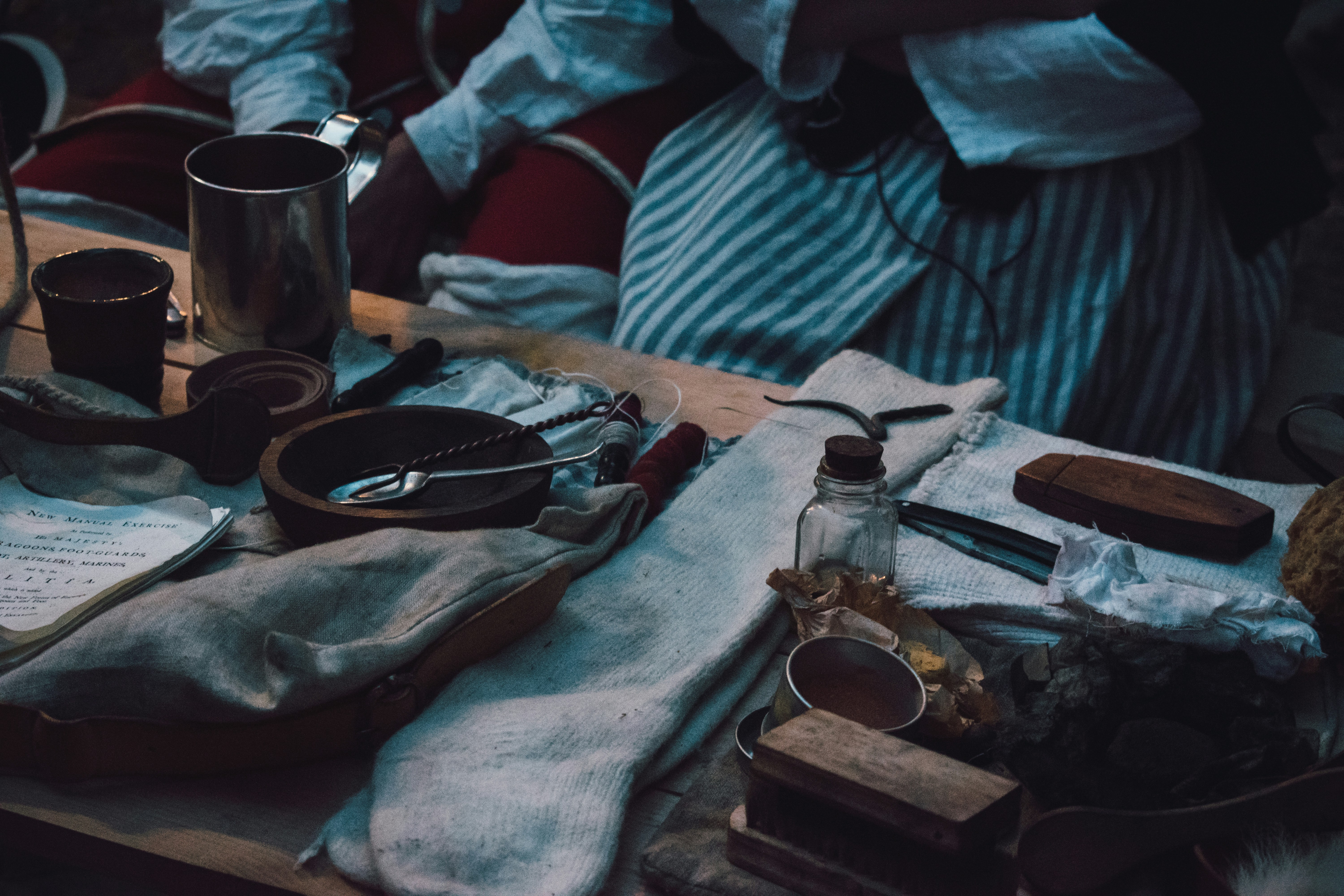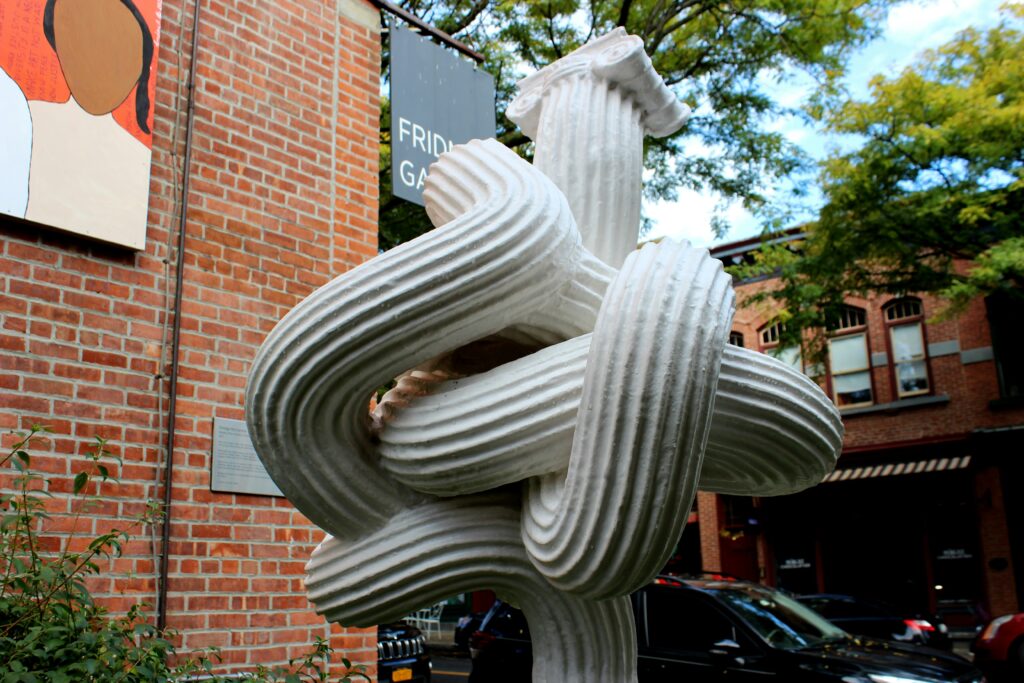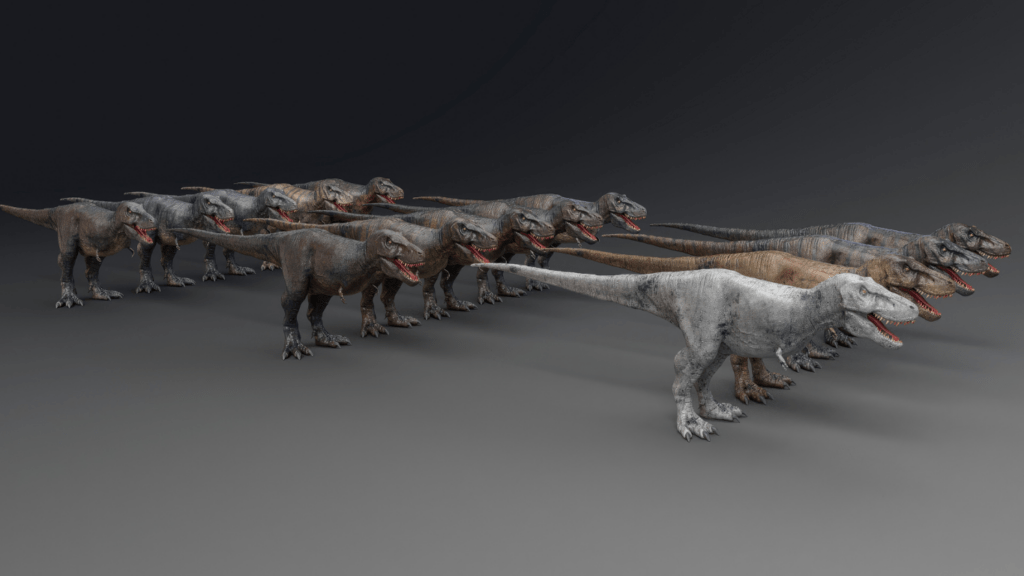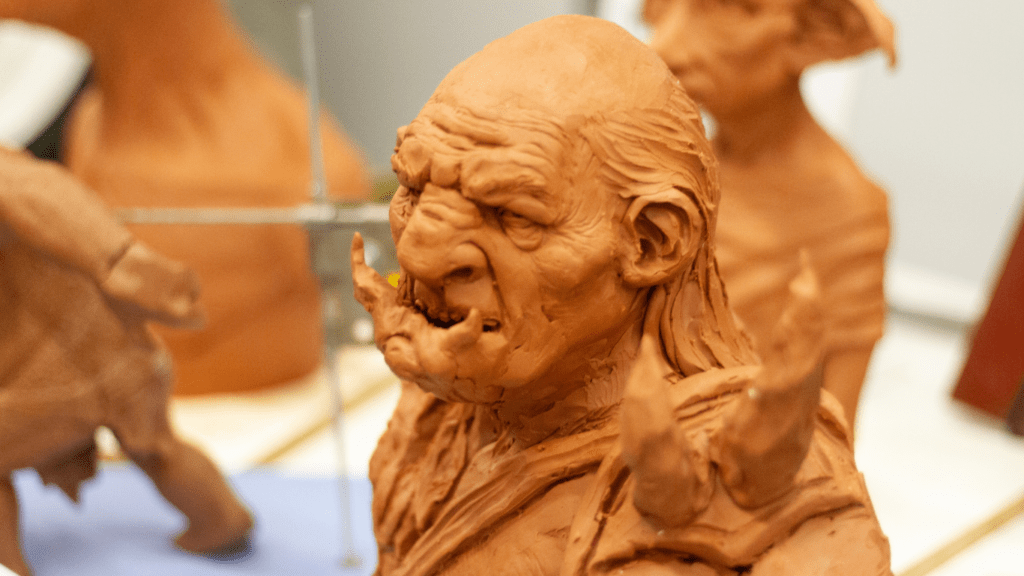What Functional Sculpture Really Means
Functional sculpture sits at the crossroads of art and utility. It’s not just something pretty to set on a shelf. It does something holds you, lights your space, helps you cook, digs in the dirt. The artistry isn’t just surface level, it’s baked into how the object works every day.
Think sculptural chairs that blend form with ergonomics. Lighting fixtures that throw both design shadows and practical glow. Handcrafted pans that perform in the kitchen and look like something out of a gallery. Even a steel watering can with a carved wood handle counts if the balance is right and the craftsmanship shows.
At its best, functional sculpture solves a need while making a statement. The result is personal, tactile, and built to be part of a lived in life.
The Design Mindset: Start with Intent
Good functional sculpture starts with a problem. Not a massive crisis. Just something worth fixing. A wobbly stool. Weird lighting in the hallway. A dull tool that doesn’t quite do its job. That friction is where creativity finds a foothold. Before shaping clay or cutting metal, ask: what function does this piece serve and for who?
Start with a sketch, but don’t get fancy too fast. Function comes first. A solid sketch maps out structure, user interaction, and how the object will sit in space. Only after that do layers of ornamentation or bold form make sense. Think of it as designing bones before wrapping them in muscle.
Workflows matter too. Whether it’s sketch to clay or concept to metal, the process needs to leave room for testing, iteration, and honest feedback. You’re not just building sculpture you’re making a tool, a seat, a fixture that someone touches, uses, interacts with.
A rookie mistake? Overdesign. Going wild on visuals without a clear function leads to confusion. If something looks amazing but tips over, rusts quickly, or feels awkward to hold it misses the mark. Practicality isn’t less artistic it’s more honest. A great piece disappears into daily routine because it works and that’s its deepest beauty.
Materials That Work Hard and Look Good

When building functional sculpture, materials are everything. You need beauty, but you also need strength. Ceramic, wood, metal, and resin are the go to options for artists serious about both form and function.
Ceramic delivers on visual texture and natural appeal, but it needs the right clay body and firing process to be durable. For wood, hardwoods like walnut or ash strike a solid balance between workability and resilience. Metal think aluminum, steel, or bronze offers long lifespan and structural integrity, but it demands precision in fabrication. Resin is the wild card: versatile, lightweight, and moldable, but you have to watch out for UV degradation and brittleness over time.
No matter the material, structure matters. Reinforce stress points. Avoid thin joins, especially where weight will rest. If people are going to sit on it, pick construction methods that match furniture standards, not just aesthetics.
Finishes deserve just as much attention. A food safe glaze on ceramic, marine grade sealant on wood, or powder coating on metal can turn a fragile piece into something you can actually live with. Nothing ruins a functional sculpture faster than flaking paint or sticky resin under heat.
And then there’s sustainability. It’s not enough for a piece to last it should avoid harming everything else as it does. Reclaimed wood, recycled metal, low VOC resins, and biodegradable finishes are all part of a smart design ethic. Functional sculpture, after all, should be built not just to endure but to deserve its place in our daily lives.
Merging Form and Function: Real World Strategies
Everyday Objects as Creative Spark
Some of the most enduring functional sculptures begin with the most familiar forms. Chairs, lamps, bowls these everyday items become raw material for artistic expression. What sets them apart is intentional design that speaks both to need and narrative.
A stool becomes a sculptural statement about balance
A lamp transforms into a commentary on light and perception
A bowl reflects not just utility, but tradition and personal heritage
By reimagining common objects, creators can craft pieces that are recognizable yet entirely unique.
Designing for the Human Experience
True function happens when form follows the real needs of the user. Functional sculptures must be:
Ergonomic: Is it comfortable to sit in, hold, or reach?
Interactive: Does it invite touch, movement, or transformation?
Accessible: Can the user engage with it intuitively and safely?
The best designs don’t just look good they feel right. A well balanced handle, a lamp switch that responds effortlessly, or a curve that invites you to sit these are subtle but powerful ways to merge art with usability.
Personal Statements from Working Artists
Many contemporary makers turn everyday objects into powerful artistic expressions. Consider sculptures that:
Upscale found materials into working tools or furniture
Integrate cultural storytelling into functional ceramics
Use traditional forms as commentary on modern living
These artists bring a narrative to each object making even a light fixture or serving tray into a conversation piece.
Function in the Home, Not Just the Gallery
While many pieces debut in exhibitions or gallery spaces, the function of these sculptures often shines brightest in daily context. Placement and usability matter as much as aesthetics:
Living Room: A bench that doubles as a statement piece
Kitchen: Hand formed mugs that elevate the morning ritual
Garden: Sculptural tools that are both beautiful and durable
Bringing sculpture into everyday spaces allows your work to have a real, evolving relationship with its users. It’s not just art for art’s sake it’s art that lives with people.
For more examples and design walkthroughs, explore the functional sculpture guide.
Next Steps for Aspiring Makers
Bridging the gap between idea and execution begins with hands on experimentation and a willingness to iterate. Whether you’re new to sculptural design or refining your craft, these next steps will help you actively shape work that is both artistic and deeply functional.
Start with Function First Sketching
Before you think about aesthetic details, start with the problem you want to solve. Sketching with functionality in mind anchors your concept in usefulness and guides smarter decisions later in the process.
Begin with basic silhouettes that support real world use
Map out proportion, weight distribution, and intended interaction
Let the purpose guide the form not the other way around
Build Craft and Concept Together
Your technique and idea should grow in tandem. As you refine your skills with tools and materials, keep your original design goals in focus.
Choose materials based on both appearance and performance
Practice rendering structure before adding surface detail
Incorporate feedback loops: prototype, test, and redesign
Learn from Proven Examples
Studying the work of experienced makers is an essential part of growing your practice. Review case studies, walkthroughs, and process breakdowns to understand the thinking behind successful pieces.
Analyze how artists transform ordinary objects into high concept designs
Explore different approaches to combining visual appeal and everyday usability
Visit the functional sculpture guide for a curated resource full of examples and techniques
Put Your Work to the Test
A sculpture may look beautiful on a pedestal, but if it breaks during use or causes frustration, it’s not truly functional. Real world testing is crucial.
Use your own creations in daily tasks to uncover improvement areas
Ask others to interact with the piece observe how they naturally engage with it
Treat feedback and failure not as setbacks, but as essential design tools
Bringing Art into the Everyday
Functional sculpture isn’t a passing trend it’s a way of thinking about what we bring into our homes and lives. It’s about rejecting the idea that something has to be either beautiful or useful. It can be both. It should be both. From a handbuilt ceramic lamp to a cast bronze coat hook, the object should have a job and a soul.
The pieces that stand the test of time are the ones that do more than sit pretty. They ask to be part of your routine. Used, touched, worn in. When art serves a function, it earns its place, not just on a shelf, but in a life. This mindset values clarity over flash and intention over trend. You’re not just making a thing you’re making a helper, something that brings both ease and meaning into the everyday.
Still don’t play it safe. Push ideas. Stretch materials. Let form flirt with sculpture, but never forget the end game: usability. At its best, functional sculpture surprises and solves at the same time.
For techniques, workflows, and deeper insight, check out this functional sculpture guide.

 Christyn Stearnsio, the visionary founder of Sculpture Creation Tips, is a passionate artist with a deep love for the art of sculpting. With years of experience in the field, Christyn has dedicated her career to sharing her knowledge and expertise with others, creating a platform that serves as a comprehensive guide for sculptors at all levels. Sculpture Creation Tips is a testament to her commitment to nurturing creativity and helping artists master the delicate craft of sculpting. Through detailed tutorials, insightful articles, and a supportive community, Christyn empowers aspiring sculptors to explore their artistic potential, refine their skills, and bring their unique visions to life. Her dedication to the art form is evident in every piece of advice and inspiration she shares, making Sculpture Creation Tips a trusted resource for sculptors around the world.
Christyn Stearnsio, the visionary founder of Sculpture Creation Tips, is a passionate artist with a deep love for the art of sculpting. With years of experience in the field, Christyn has dedicated her career to sharing her knowledge and expertise with others, creating a platform that serves as a comprehensive guide for sculptors at all levels. Sculpture Creation Tips is a testament to her commitment to nurturing creativity and helping artists master the delicate craft of sculpting. Through detailed tutorials, insightful articles, and a supportive community, Christyn empowers aspiring sculptors to explore their artistic potential, refine their skills, and bring their unique visions to life. Her dedication to the art form is evident in every piece of advice and inspiration she shares, making Sculpture Creation Tips a trusted resource for sculptors around the world.
